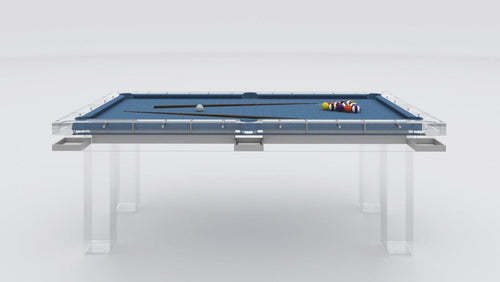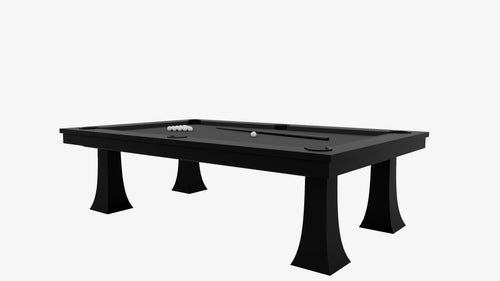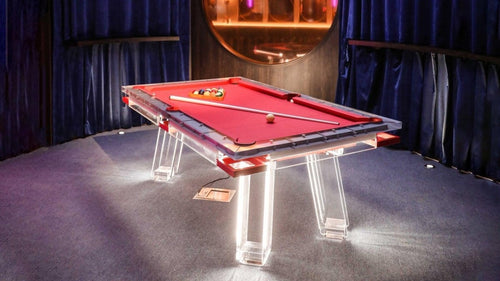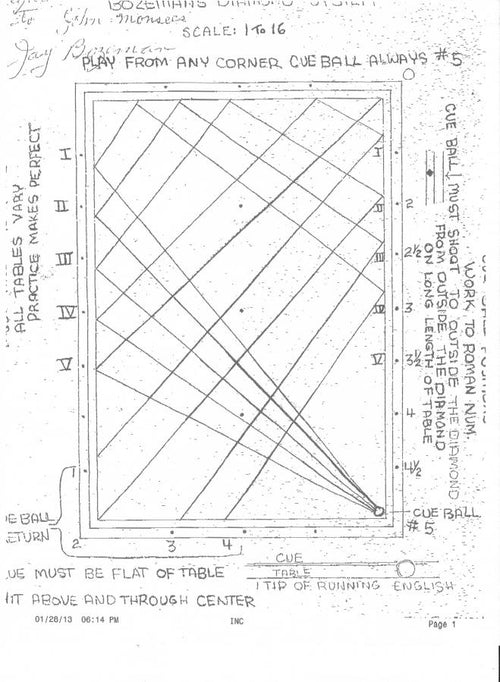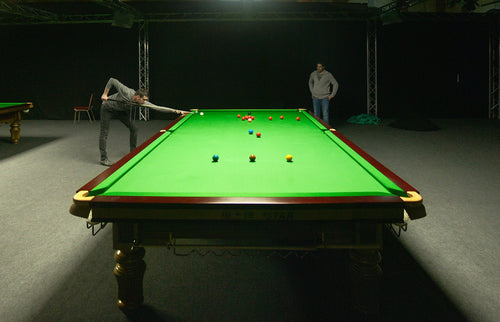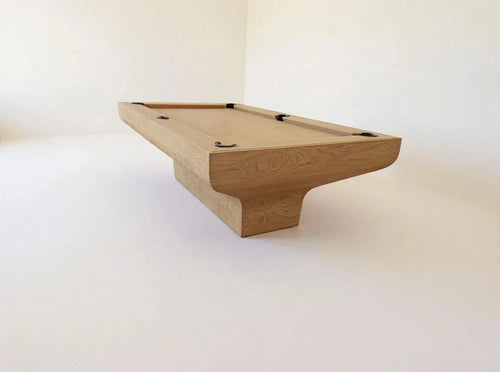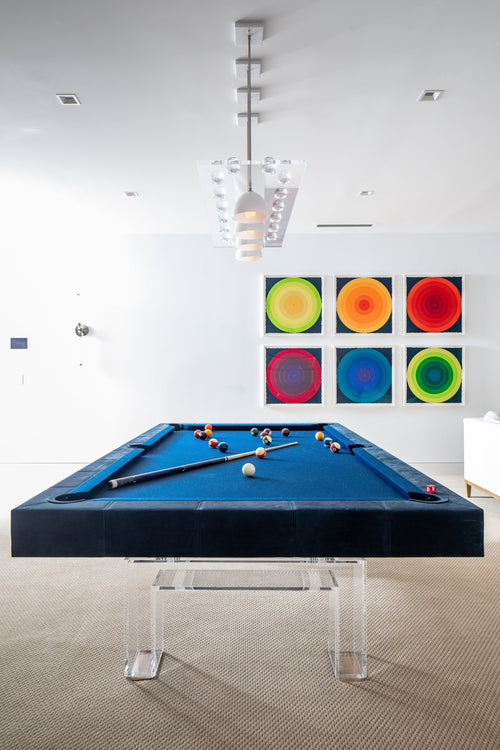Enjoy our modern designs
Estimated Read Time: 5 mins |
Introduction
A great return isn’t just about getting the ball back—it’s your first offensive punch. By neutralizing or reversing your opponent’s serve spin and placement, you seize control, set up your next attack, and can even win the point outright. Whether you’re countering a short serve, a heavy sidespin, or a quirky rubber, these return tactics will sharpen your edge.
Why Returns Matter
- Disarm the serve: A well-executed return turns a tricky serve into a comfortable rally ball.
- Pressure immediately: Reverse-spin returns can catch servers off guard and force weak replies.
- Doubles dynamism: Outdoing the opponents’ serve-return duel often decides doubles points.
Returning Short Serves & Mid-Table Sidespin
Spot the spin: Watch the racket angle and ball trajectory to identify backspin, topspin, and sidespin.
Reverse the sidespin: Slant your racket so the incoming sidespin is dug into the rubber, then use a short, sharp stroke to “catapult” the ball back with even more spin in the opposite direction.
Quiet push returns: Your racket face barely moves through the ball while delivering heavy reverse spin.
Push Return Technique
- Against left sidespin: Swing from left-rear to right-front, letting the spin dig in and reverse.
- Against right sidespin: Mirror that motion from right-rear to left-front.
- Precision: Keep your racket angle open just enough to catch the spin—too flat and the ball skids; too closed and you pop it high.
The Backhand Sidespin Flick (Chiquita)
Top pros favor this for short and mid-table sidespin serves:
- Anatomical edge: Backhand flicks strike the ball in front of your body with a freer wrist motion.
- Sideways backswing: Pull your racket to the right and back (for right-handers) for a powerful whip through contact.
-
Spin control:
- When the serve pulls left, ride and intensify that spin.
- When it pulls right, dig in to reverse it—your wrist adds extra snap for a juicy catapult.
Returning Special Rubbers
Anti-Spin
Exact reversal: The ball returns with the opposite spin you applied. A softly pushed backspin returns slight topspin—perfect for a smash.
Short Pips
Lower backspin: Expect weaker backspin pushes; early contact helps. Against blocks: open the blade slightly and brush up to lift the ball when they counter your topspin.
Long Pips
Backspin flips: Opponent’s blocks with long pips yield backspin—smash or heavy topspin will punish. Serve strategy: use pure backspin or no spin; a well-placed topspin kill can catch long-pips players in a spin-reversal trap.
Doubles Dynamics
- More time, bigger swings: With partner cover, commit to pronounced footwork and strokes.
- Placement over pace: Short and half-long serves to the middle restrict return angles under doubles service rules.
- Serve feints: Fake spin but deliver none—partners can’t use incoming rotation to counterattack.
Putting It All Together
Return tactics fuse technical strokes with tactical insight. You must read spin, select the right counterstroke, and use your return to seize early initiative. Whether flipping a backspin short serve, flicking a sidespin bomb, or outsmarting special rubbers, every return carries the potential to win the rally.




